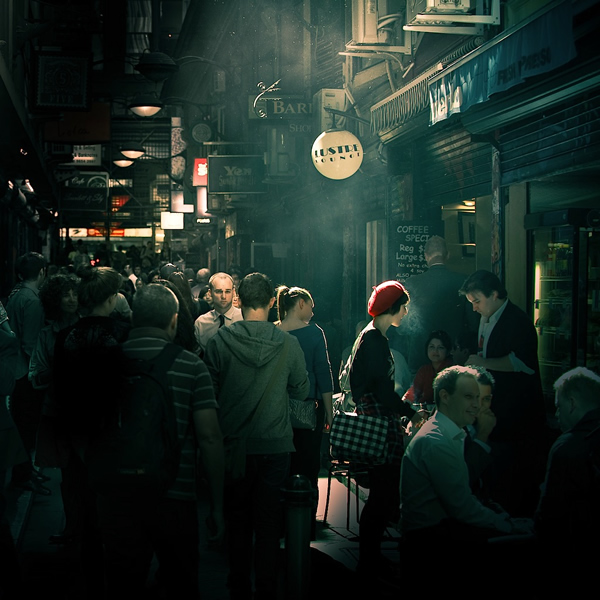The Street Photographers Ideas
The Street Photographers Ideas
Blog Article
Street Photographers Fundamentals Explained
Table of ContentsSome Ideas on Street Photographers You Should KnowStreet Photographers for BeginnersThe 6-Second Trick For Street PhotographersThe Buzz on Street PhotographersStreet Photographers - Truths
Road professional photographers do not necessarily have a social objective in mind, but they like to separate and capture minutes which may or else go undetected.He was affected by several of those that influenced the road photographers of the 1950s and '60s, he was not mainly interested in catching the spirit of the road., who functioned side by side with professional photographers attempting to capture the significance of metropolitan life.

Provided the fine quality of his photographs and the breadth of product, architects and musicians typically purchased Atget's prints to use as recommendation for their own work, though commercial interests were rarely his major inspiration. Instead, he was driven to picture every last residue of the Paris he liked.
Street Photographers Fundamentals Explained
They expose the city with his eyes. His work and essential understanding of photography as an art type functioned as ideas to generations of digital photographers that adhered to. The next generation of road photographers, though they likely did not refer to themselves as such, was ushered in by the photojournalism of Hungarian-born digital photographer Andr Kertsz.
Unlike his peers, Brassa used a larger-format Voigtlnder video camera with a much longer direct exposure time, requiring him to be extra calculated and thoughtful in his practice than he might have been if utilizing a Leica. (It is believed that he may not have had the ability to manage a Leica during that time, yet he did, nonetheless, utilize one in the late 1950s to take colour photographs.) Brassa's photos of the Paris abyss illuminated by synthetic light were a discovery, and the compilation of the my company collection that he published, (1933 ), was a significant success.
Cartier-Bresson was a champion of the Leica video camera and among the very first professional photographers to maximize its capacities. The Leica enabled the digital useful source photographer to communicate with the environments and to catch minutes as they happened - Street Photographers. Its fairly little dimension also aided the professional photographer fade into the history, which was Cartier-Bresson's preferred method
Street Photographers - The Facts
It is since of this basic understanding of the art of image taking that he is commonly attributed with uncovering the medium around again approximately a century since its creation. He took photos for even more than a half century and affected generations of professional photographers to trust their eye and intuition in the minute.
These are the questions I will try to address: And after that I'll leave you with my very own definition of road digital photography. Yes, we do. Let's begin with specifying what an interpretation is: According to it is: "The act of defining, or of making something definite, distinct, or clear".
No, definitely not. The term is both limiting and deceiving. Seems like a street digital photography need to be photos of a streets best?! And all road photographers, with the exception of a handful of absolute novices, will totally appreciate that a street is not the crucial component to street digital photography, and actually if it's an image of a street with perhaps a couple of boring individuals doing nothing of rate of interest, that's not street photography that's a picture of a road.
He makes a valid factor do not you believe? While I agree with him I'm not sure "honest public digital photography" will certainly capture on (although I do kind of like the term "honest photography") because "street photography" has been around for a long time, with lots of masters' names affixed to it, so I think the term is here to remain.
Excitement About Street Photographers
You can shoot at the beach, at an event, in a street, in a park, in a piazza, in a cafe, at a museum or art gallery, in a city terminal, at an occasion, on a bridge, under a bridge ...
Yes, I'm afraid we worried no choice! Without regulations we can not have a definition, and without a definition we don't have a category, and without a style we don't have anything to define what we do, and so we are stuck in a "guidelines interpretation genre" loophole! - Street Photographers
The Ultimate Guide To Street Photographers

Report this page